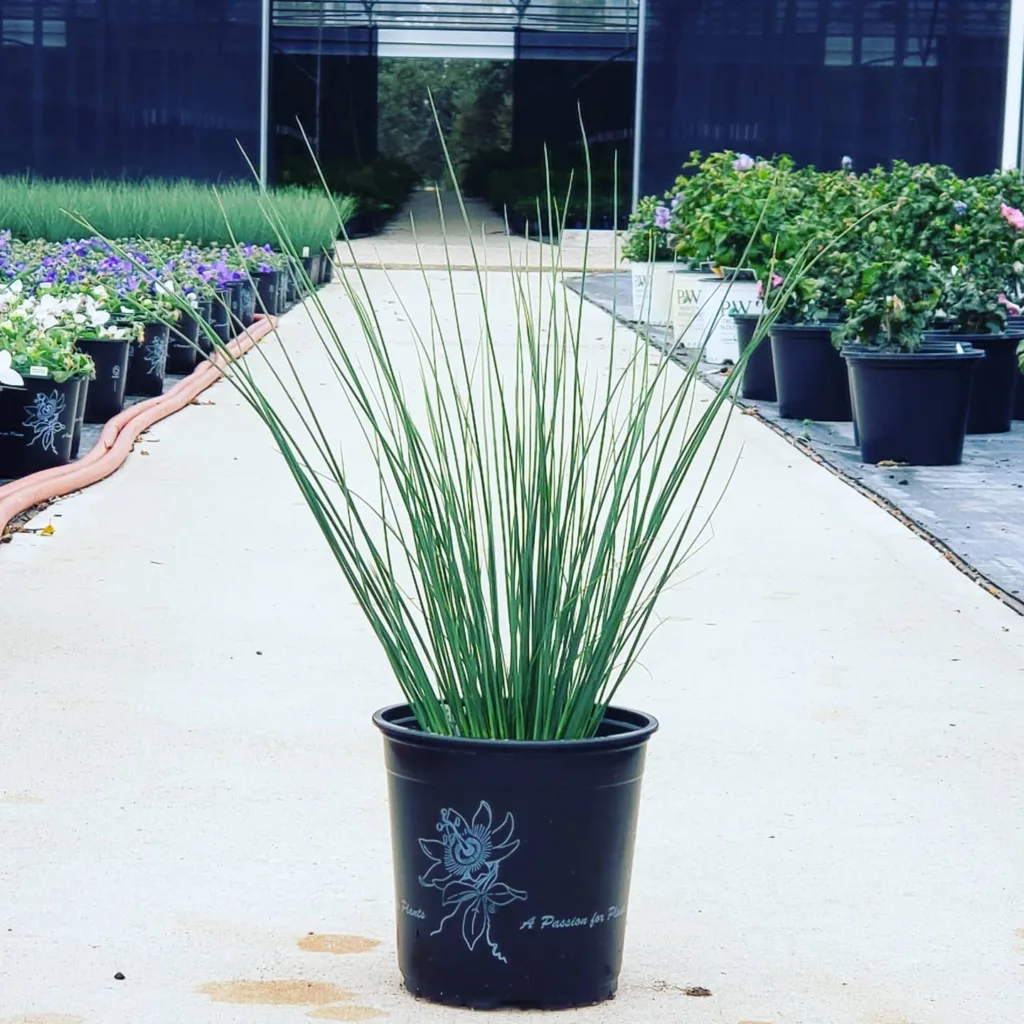FAQs About Solidago Gigantea
Solidago Gigantea, commonly known as Giant Goldenrod, is a tall, vibrant perennial plant that adds a splash of color to late summer gardens. With its striking yellow flowers, it attracts pollinators and provides a natural remedy for several ailments. In this article, I’ll answer some frequently asked questions about this beautiful plant, drawing on my personal experience growing Solidago Gigantea.
145 Species in Genus Solidago
What is Solidago Gigantea?
Solidago Gigantea, or Giant Goldenrod, is a member of the Asteraceae family. Native to North America, it can grow up to 5-6 feet tall and blooms from late summer to early fall. The plant features bright yellow flowers clustered on tall stems, making it a popular choice for naturalizing wild gardens or adding color to landscape borders. Despite its beauty, some people mistake it for a weed, mainly because of its robust and hardy nature. However, it’s a fantastic plant for supporting local ecosystems, as it attracts bees, butterflies, and other beneficial insects.
How to Care for Solidago Gigantea?
Caring for Solidago Gigantea is relatively simple, making it an excellent choice for both novice and experienced gardeners. Here’s a basic care guide:
- Sunlight: Solidago Gigantea thrives in full sun but can tolerate partial shade. For the best flowering results, ensure it receives at least 6 hours of sunlight daily.
- Soil: It prefers well-drained soil but is adaptable to a range of soil types, including clay, loam, and sandy soils. The plant can tolerate poor soil conditions, making it suitable for various garden settings.
- Watering: Once established, Solidago Gigantea is drought-tolerant. Water it regularly during the first growing season to help the roots establish. After that, only water during prolonged dry spells.
- Fertilizer: Generally, it doesn’t require much fertilizer. A layer of compost in the spring should be enough to keep the plant healthy.
- Pruning: To maintain its shape and encourage bushier growth, prune back the stems in early summer. After flowering, you can cut the plant back to prevent self-seeding and to tidy up the garden.
How to Propagate Solidago Gigantea?
Propagating Solidago Gigantea is easy and can be done through seed or division:
- Seeds: Collect seeds from the flower heads in late fall. Sow them directly in the garden in spring or start them indoors a few weeks before the last frost. Lightly cover the seeds with soil and keep them moist until they germinate.
- Division: The easiest method of propagation is by division. In early spring or fall, dig up an established plant and divide the root ball into sections. Replant the divisions in a prepared bed with well-draining soil.
What to Plant with Solidago Gigantea?
Solidago Gigantea pairs well with other late-summer bloomers. Consider planting it alongside Asters, Joe-Pye Weed, and Purple Coneflowers. These combinations not only look stunning but also provide a rich source of nectar for pollinators. The tall, upright habit of Giant Goldenrod contrasts beautifully with the shapes and colors of these companion plants, creating a visually appealing and ecologically beneficial garden space.
Can You Grow Solidago Gigantea Indoors?
While it’s technically possible to grow Solidago Gigantea indoors, it’s not ideal. The plant requires a lot of sunlight and space to reach its full potential. If you want to try growing it indoors, ensure it’s placed in a bright spot, like a south-facing window, and use a deep container to accommodate its root system. However, I find that it thrives best in outdoor gardens where it has room to grow and attract pollinators.
Is Solidago Gigantea Toxic?
Solidago Gigantea is not toxic to humans or pets, making it a safe addition to gardens. In fact, some parts of the plant have been used in traditional herbal remedies to treat various ailments, including inflammation and kidney issues. However, as with any plant, it’s best to keep it out of reach of pets and children who might try to ingest large quantities.
Benefits of Solidago Gigantea
Solidago Gigantea offers several benefits:
- Ecological: It provides nectar and pollen for bees, butterflies, and other beneficial insects. This is crucial for pollination and maintaining healthy ecosystems.
- Medicinal: Traditionally, it has been used to treat respiratory issues, wounds, and urinary tract infections. The leaves and flowers are often made into teas or tinctures.
- Aesthetic: Its bright yellow flowers add a splash of color to gardens, especially in late summer when many other plants have finished blooming.
Common Problems with Solidago Gigantea
Despite being a hardy plant, Solidago Gigantea can face some issues:
- Powdery Mildew: This fungal disease can affect the leaves, causing a white powdery coating. Ensure proper air circulation around the plants and avoid overhead watering to prevent this issue.
- Leaf Spot: Brown or black spots on leaves can be a sign of leaf spot disease. Removing affected leaves and applying a fungicide can help manage the problem.
- Aphids: These pests can suck the sap from the plant, causing distorted growth. A strong spray of water or insecticidal soap can help control aphid infestations.
Solidago Gigantea vs. Solidago Canadensis
A common question is the difference between Solidago Gigantea and Solidago Canadensis, also known as Canada Goldenrod. Both are similar in appearance, but there are some distinctions:
- Size: Solidago Gigantea tends to be taller, reaching up to 6 feet, while Solidago Canadensis is slightly shorter.
- Habitat: Solidago Gigantea prefers wetter habitats like riverbanks and marshes, whereas Solidago Canadensis is more adaptable to a variety of conditions, including dry areas.
- Leaves: The leaves of Solidago Gigantea are smoother and more lance-shaped compared to the more serrated leaves of Solidago Canadensis.
Both species are valuable for pollinators and can be a beautiful addition to the garden. However, understanding these subtle differences can help you choose the right plant for your specific garden conditions.
Solidago Gigantea is a versatile and valuable plant that can bring color and life to any garden. Its easy-care nature, ecological benefits, and striking appearance make it a favorite among gardeners. Whether you’re a seasoned gardener or just starting, Giant Goldenrod is a fantastic plant to consider for your outdoor space.
If i die, water my plants!



